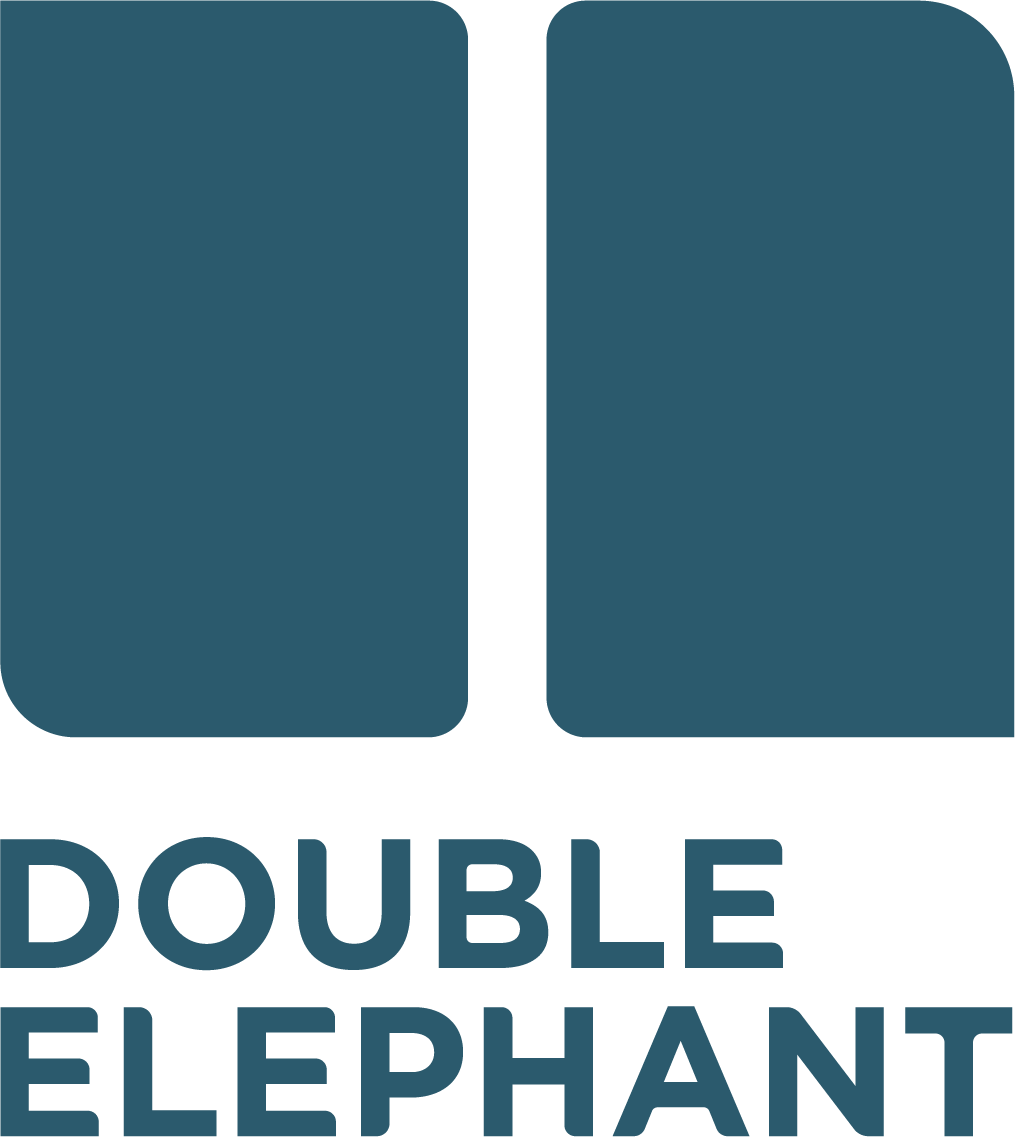Through the Looking-Glass – a visit to Wookey Mill
By Judith Staines, Paper & Print project research volunteer
Today the name Wookey Hole brings to mind caves, witches stories and Victorian amusements. But at the heart of the Somerset complex is one of England’s most historic paper mills.
Wookey Hole Mill is the earliest known paper mill in Somerset, first referenced in a 1610 lease document. In its heyday, from the mid 19th century, WS Hodgkinson enjoyed a world-wide reputation for fine drawing and letter writing papers, security papers and its watermarking skills.
They made banknotes for New Zealand and writing paper for the King of Norway, and many artists used their high quality rag paper. The WSH hand papermaking mill closed in 1972, and a 2-person craft operation continued into the 2010s, while Wookey reinvented itself as a tourist attraction under new owners. But for papermaking enthusiasts, there is still plenty to see at Wookey Mill.
An informative visit was facilitated by the papermaking manager, Colin who trained under Ian Wilcox - the last vatman, now retired. With the support of the company management, he helps keep the Wookey papermaking heritage alive through museum exhibits, education workshops and links with conservation organisations.
After a slightly disconcerting walk through the renowned four-level drying loft, now a soft-play area, you reach the main exhibition displays with Victorian cast iron presses, vats, breaking machine and rag sorting stations. Wookey Mill has been well documented and historic photos of the mill operations and its workers bring the space to life.
The ‘Today’s Paper’ board documents the final paper order made at Wookey, and the clocking in machine shows how many workers the mill employed in earlier days. Order books can be seen in the foreman’s office booth. More archive material related to Wookey Mill is now held at the Somerset Heritage Centre .
Through to the Rag Boiling Room, where watermarked moulds are displayed on the gallery walls, alongside the water operated lift to transport sorted cut rags to the boiler. The enormous rag boiler gets little real attention from visitors, more focused on the nearby cave diving video display.
An 1896 letter from the manager to the Rag Boiling House workers instructs them on how better to organise their work.
The papermaking manager gave us many insights … and a glimpse behind the scenes at the Hollander beater, then processing 15 kg of cotton rag into pulp for upcoming education workshops. The website has useful education materials on papermaking.
But perhaps most heartening was to hear how Wookey Mill is ensuring the conservation of some of its heritage papermaking assets. Several hundred historic mould and deckles have been acquired by the Paper Foundation’s museum in Cumbria, many of these made by Amies , the last mould and deckle makers in Britain (mould making is designated as extinct by Heritage Crafts). Two large unique presses – a Cold Press and a Glazing Roll hot press now in the former Salle finishing room in the basement - are also due to be transferred to the Cumbria museum.
Wookey Mill has a fascinating collection of papermaking industrial heritage, which both looks back into its history, and forward to future conservation needs and potential. And as you exit through the gift shop, there is even a small selection of Wookey handmade paper for sale.
Photos by Judith Staines










